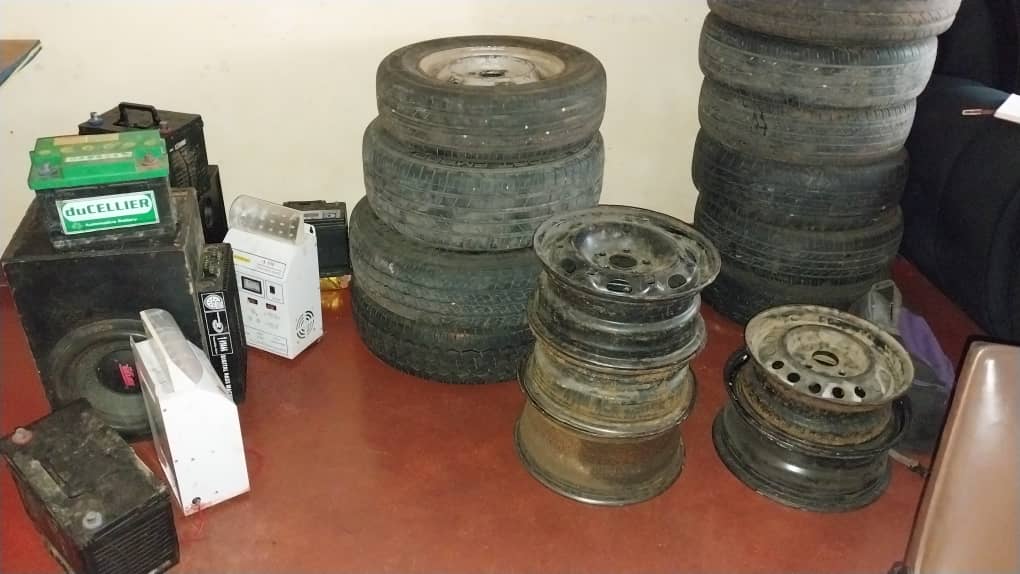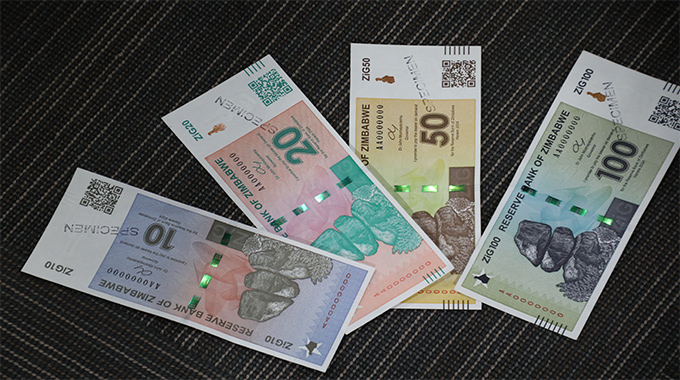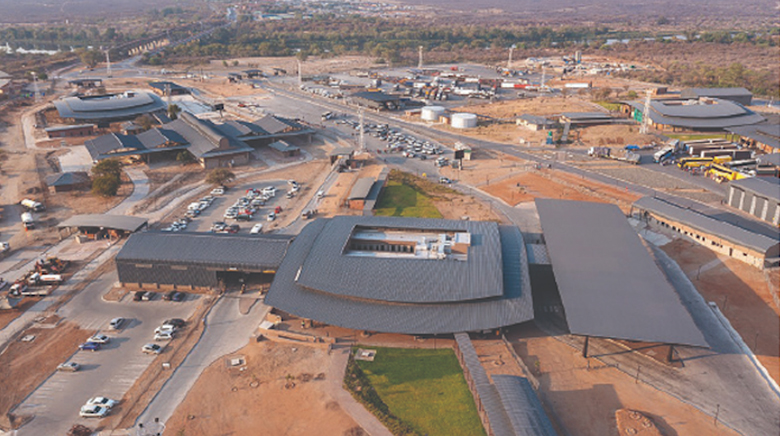Zimbabwe on cusp of US$12bn mining industry target

Blessings Chidakwa and Fungi Kwaramba, Zimpapers Elections Desk
IN 2018 Zimbabwe’s mining sector was generating US$2,8 billion, but the revival of dormant mines, opening of greenfield projects, and investments from countries such as China, have driven the mining sector towards the US$12 billion target by year-end.
Addressing thousands of people who attended the Zanu-PF rally in Mashonaland West Province at Magunje Growth Point on Saturday, President Mnangagwa said despite the economic sanctions, Zimbabwe had witnessed unprecedented development in the past five years.
“When the Second Republic came in, revenue from the mining sector was at US$2,8 billion.
“As I speak, we are close to US$12 billion in spite of the sanctions imposed on us,” said President Mnangagwa.
He said through looking inward, Zimbabwe had been able to construct roads, dams, and other key infrastructure using its own resources.

The President said Mashonaland West Province was playing its part in national development.
The province has a number of mining companies including Great Dyke Investments, Karo Resources, Bravura, RioZim, Ngezi Platinum, Dinson Steel, and the Mapinga Mines to Energy Industrial Park.
Said President Mnangagwa: “I want to advise our artisanal miners that we are supporting you as you are now well-organised. The Government will continue empowering you because we don’t want your activities to destroy the environment.”
In line with the National Development Strategy 1, the Second Republic seeks to increase production and promote the beneficiation of key minerals such as gold, platinum group metals (PGMs), chrome, diamond, and coal.
This followed the realisation that most facilities for the beneficiation of minerals, were either lying idle or underutilised.
Such facilities include capacity at Fidelity Gold Refiners, Alaska Copper Refinery, Bindura Nickel Corporation refinery, and the Kwekwe Roasting Plant.
A new lease of life has since been breathed into the operations of various mining initiatives after the Government designated mining as one of the key anchors of economic growth over the short to medium term.
Growth in mining will help drive progress towards the realisation of the national vision of transforming Zimbabwe into an upper-middle-income country by 2030.
“Although the mineral commodities have over the years been generating over 60 percent of the country’s total exports, much of the sector’s contribution towards socio-economic development can be enhanced through mineral beneficiation and value addition,” reads the NDS1 document in part:
Centralised gold service centres are being established and small-scale miners are being capacitated through the mining industry loan fund to reduce use of mercury in line with the Minamata Convention.
The NDS1, a five-year economic blueprint running from 202 to 2025, targets the establishment of a PGMs value chain to process the minerals from concentrate and matte to base metal refinery, where nickel, copper, and cobalt will be produced, and higher value products.

Zimbabwe has several PGMs producers including Unki Mine, Zimplats, and Mimosa Mining Company.
Other mining houses include Karo Mining and Great Dyke Investments.
Presently, PGMs constitute the major foreign currency earner, contributing about 40 percent of mineral exports.
During NDS1, priority is to move up the PGMs value chain.
The latest clear demonstration of the fulfilment of the policies and adoption of the rapid results approach to the realisation of set targets by the Second Republic was on display a few days back when President Mnangagwa commissioned a US$300 million lithium plant at Arcadia Mine.
It was constructed in a record nine months in Goromonzi, Mashonaland East Province.
“I recall that in November 2018, we convened here when this area was merely an empty field, for the groundbreaking ceremony commencing initial work at this site.
“In June 2021, we were back here to commission the pilot petalite processing plant, which was a precursor to this bigger and more advanced processing plant with a total capacity of 4,5 million tonnes per year.
“As we look back, Prospect Lithium Zimbabwe is one of the many testimonies of the successes of the Second Republic under the ‘Zimbabwe is open for business’ mantra and the engagement and re-engagement policy.
“This was augmented by the bold decision made by my administration in 2017 to adopt the ease of doing business reforms as well as the rapid results approach to project implementation”, said President Mnangagwa.
As the mining sector has been booming, private players have been key to this growth, with platinum giant Zimplats bringing to life President Mnangagwa’s vision of rural industrialisation and development of an integrated mining ecosystem by amplifying value addition and beneficiation.
Through its US$1,8 billion investment in setting up a mineral concentrator plant in Turf, Mhondoro-Ngezi, and other projects including a smelter, Zimplats, a subsidiary of Implats of South Africa, is actively promoting the President’s vision encapsulated in NDS1 and the attainment of Vision 2030 targets.
Among the revived mines, have been initiatives to empower communities across Masvingo Province through mining syndicates, which are being allocated blocks to mine chrome in Mashava and provide throughput for the recently commissioned US$60 million Zimbabwe Zhongxin Smelting Company, located on the western fringes of the mining town.
Mining syndicates from all the seven administrative districts in Masvingo will be granted concessions to mine chromite in and around Mashava to provide feedstock for the smelting plant that is also set to be a game-changer for hundreds of artisanal miners involved in the extraction of the mineral.
The mining sector is now heading towards becoming a US$20 billion sector, with other signature projects on cards such as the Mapinga Industrial Energy Hub, where US$13 billion has been invested, and Zimbabwe will start to manufacture lithium batteries and solar panels from there.
A potential investor has since expressed interest in setting up processing facilities with the Government having signed an agreement with the foreign investor on a deal set to create more than 25 000 jobs directly and indirectly.
Other measures put in place to achieve the US$12 billion mining target include compelling gems and precious metal miners to pay half of their mining royalties to the Government through physical minerals as the country builds its mineral reserves.

Previously, the mining entities were paying a portion of their revenue in foreign currency, but mineral reserves serve as a source of trust in a country given that they carry no credit or counter-party risks.
Mines and Mining Development Minister, Winston Chitando, says Zimbabwe has over 60 proven exploitable minerals, with about 10 miners being mined at the moment.
Zimbabwe hosts the second largest known platinum group metals’ deposits in the world after South Africa on the Great Dyke, and the paying of portions of royalties in minerals is expected to see the country having a solid bank of mineral reserves.
The country also holds Africa’s largest lithium reserves, a mineral critical for the manufacture of lithium-ion batteries that underpin the transition to green energy.
Lithium is currently one of the most sought-after minerals globally owing to its versatile properties including the production of electric cars, heat-resistant glass, and ceramics, lithium grease lubricants, flux additives for iron, steel and aluminium production, and air treatment.
Gold production has been booming with the small-scale miners contributing the bulk of the precious mineral being channelled to the Reserve Bank of Zimbabwe.












Comments